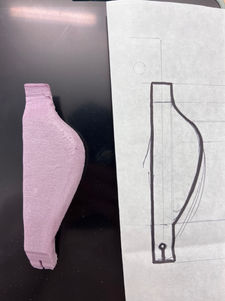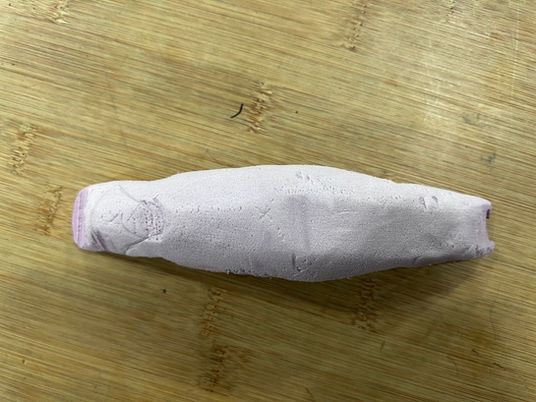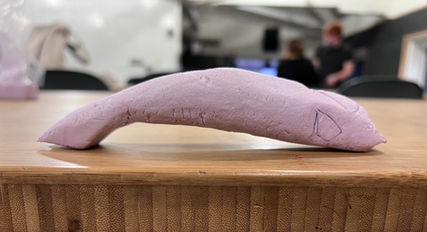
Our shop is currently closed until further notice. If you are interested in purchasing artwork, please email leanna@okhuupolamimi.com or camilla@okhuupolamimi.com
Ergonomics: Redesigning a Tire Lever
MEDIA
PROMPT
Our assignment focused on iterative design of a handle– grounded in evaluation and testing. The initial phase involved employing analytical evaluation techniques, such as RULA, and subjective hand pressure mapping to narrow down our design space. Our objective was to refine our design direction based on a second round of user feedback. Instructors emphasized the significance of these iterative processes, especially when dealing with physical human factors and ergonomics.
PROCESS
We began with an initial study of our tool of choice: a tire lever, looking at pain points and where force was primarily applied. We started with very rough foam prototypes and took advantage of a “build to think” model, taking into consideration that leverage was a big aspect of using the tool. We tested with a handful of users who were knowledgeable about bikes, and used that information to develop more refined foam prototypes. Orthographic projections were necessary for understanding the shape and how to create it with the foam cutter.
PRODUCT
We evaluated 4 foam tire lever prototypes with new ergonomic handles of varying size and shape, and presented a summary of our findings. The outcome was a detailed document summarizing user feedback. From this, we selected one design to advance further in the design process, which was documented and presented in a 5-minute presentation, encapsulating the essence of the entire project.
PITFALLS
In this project, our team struggled to find relevant users who had experience with using a tire lever. However, I tried to offset this by conducting as in depth an interview/testing with Jack, which provided a strong foundation for our analysis.














